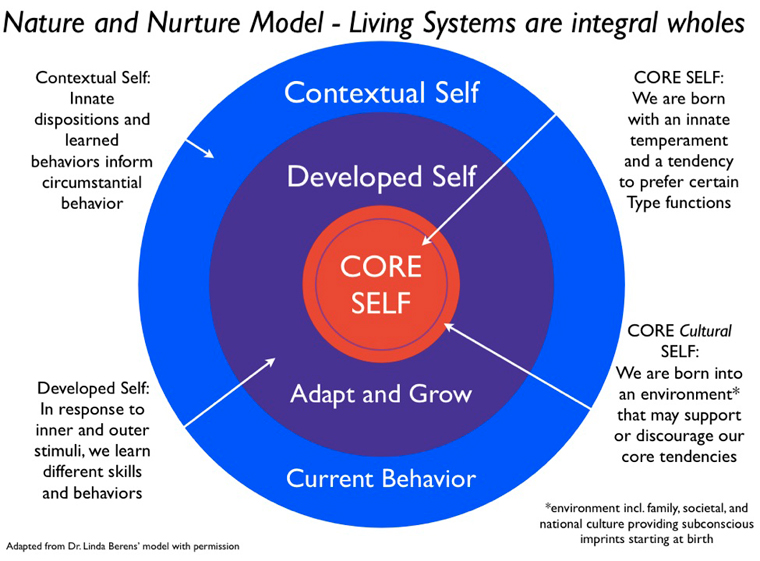
We live in a “me” world, where attention to self is a daily preoccupation. “I want this and you want that” is the basic functioning of contemporary society and we routinely go to sleep each night expecting to greet our “selves” the next morning.
Our sense of self is contingent, however. First there must be the mental stability and functionality that allows for “rational” thought. Lacking this, both personality and self essentially recede into obscurity, such as happens to Alzheimer patients. If mental stability and functionality are present, then sense of self is built upon frameworks of family, culture, society and all that comes with it. We identify ourselves by name and others by their names. We join people in forming networks of belief. We get jobs, have families and propagate society, all the while ignoring that apart from context, self does not exist.
The contextual self is defined and created by the continuity of environment. By environment I mean the entirety of space, the circumstances in which we live and function and the activities that take place within that space. Just as a fish is only suited to life within water, so people are only suited to life within air. This basic foundation for the contextual self is defined by the specific environment in which human life is possible. Beyond this basic foundation are the other myriad contexts in which we find ourselves and to which we respond. The narrative-self, built by ego while interacting within context, is purely fictive. It’s the interdependent contextual self that is real.
As situations change and we become a parent, friend, garden-lover, sports-lover, and so forth, the contextual self naturally evolves. Context is varied and limitless because cause and effect are constantly transforming everything. Consider people who called themselves “typesetters,” for example, a trade associated with a career and a livelihood. When computer technology replaced metal typography, those who identified themselves as typesetters lost one context of self and were established within the context of the unemployed.
Most of us spend our lives defining ourselves by attaching narrative to context, trying to transform it into a fixed reference point. Having established an illusory self-perpetuating reference point, we then cling to it tightly to affirm identity. Ego’s tight boundaries create constant anxiety, so great effort is made to sustain reference points. However, it is possible to reveal fixed reference points as ego’s false structural elements of self. Such insight allows for a glimpse of the realization of selflessness or egolessness, our true nature. When selflessness is realized, we don’t cease being, but our relationship to the world changes – one is no longer bound by ego’s fixation on illusory reference points.
Thus, though fundamentally selfless, we are awake, aware and able to engage fully and appropriately with the world. Context creation is never-ending and continuous so there is plenty to keep us occupied.
Materialistic society fuels ego-self, an attractive and convincing narrative that we are more than contextual and have a material, completely independent existence. As we age, grow old and finally die, the truth is told and our false reference points dissolve. Through glimpses of selflessness, however, life is revealed as open and workable. Instead of the artificial structure of ego’s fixed reference points, the fluid continuity of contextual self becomes the playground of joyful action.